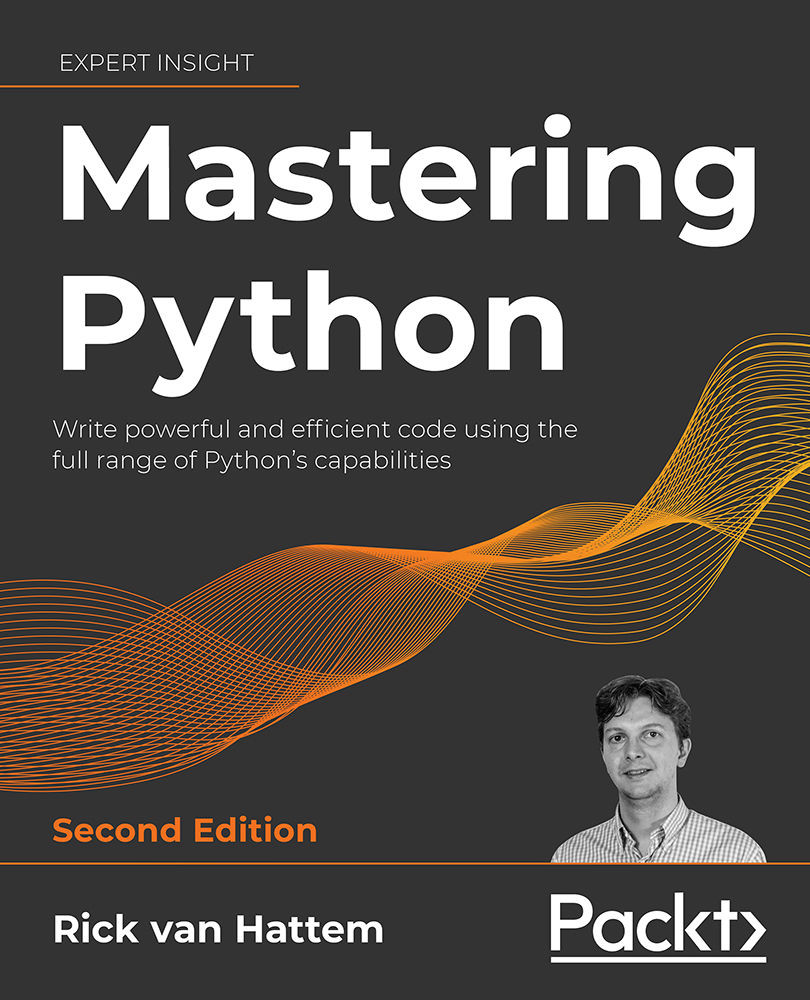In this chapter, you are going to learn about Python decorators. The previous chapters have already shown the usage of a few decorators, but you will now find out more about them. Decorators are essentially function/class wrappers that can be used to modify the input, output, or even the function/class itself before executing it. This type of wrapping can just as easily be achieved by having a separate function that calls the inner function, or via inheriting small feature classes commonly called mixins. As is the case with many Python constructs, decorators are not the only way to reach the goal but are definitely convenient in many cases.
While you can get along fine without knowing too much about decorators, they give you a lot of “reuse power” and are therefore used heavily in framework libraries such as web frameworks. Python actually comes bundled with some useful decorators, most notably the @property,...



 Free Chapter
Free Chapter

